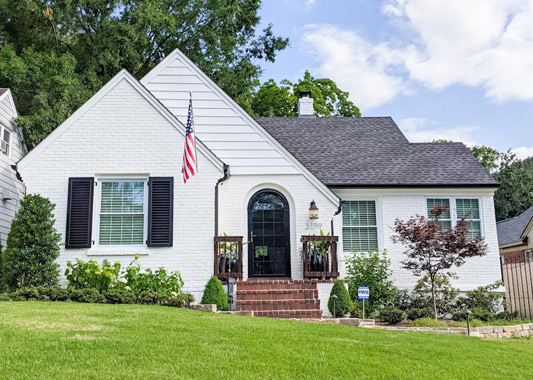
Breathable walls allow any toxic vapors developing indoors to slowly diffuse to the outside, keeping the indoor air fresh and clean. Homes built with a vapor barrier and standard insulation prevent this occurance, as they try to keep all air inside (unless an air-to-air heat exchanger is installed, a must for super tight homes with vapor barriers). Mold is the unfortunate result in standard walls in spite of the best of intentions and design, even with the use of an air-to-air heat exchanger. Instead, thick insulated masonry walls that “breathe”, applied with “breathable paints or plasters” allow air and water vapor to slowly diffuse through them without loss of heat, preventing mold growth in the process.
These walls also promote the right balance of ions in indoor air, a healthy feature, which leads to greater alertness and overall health for occupants. Outdoors, Nature maintains a balance of ions of approximately 60% negative ions (the good kind) and 40% positive ions (the not so good kind), particularly near the seashore or a waterfall. Choosing thicker, breathable walls and avoiding synthetic fabric carpeting, upholstery, drapes and latex wall paint provides a more natural 60% to 40% negative to positive ion ratio in indoor air, just like outdoors, keeping you healthy. Applying ROMA Mineral Paints, such as Slaked Lime paints, Potassium Silicate Paints, Marmorino or Slaked Lime base Plasters, will contribute to a “House that Breathes”. Because these types of decorative finishes are vapor permeable, they will contribute toward removal of house toxins and promote healthy living in your home.
“The choice of building materials also affects the health of occupants in a new home long after the “new home smell” has dissipated. Building Biology teaches that chemicals in materials such as found in glues, adhesives, cabinetry, paints and carpets can outgas for months and even years at very low levels, adding to the “rain barrel” effect as pioneered by William Rae, MD, Director of the American Environmental Health Center in Dallas, Texas. These chemicals, stored in human fat cells, linger in the body for months and cause ill health by such means as biomimicry: the tricking of human biochemical pathways into functioning as if normal triggers were present when they are not. This causes the release of endogenous biochemicals (naturally produced within our body) when they should not be released and upsets the balance of our health.”1



 Photo Credit: Caldwell House, TN
Photo Credit: Caldwell House, TN